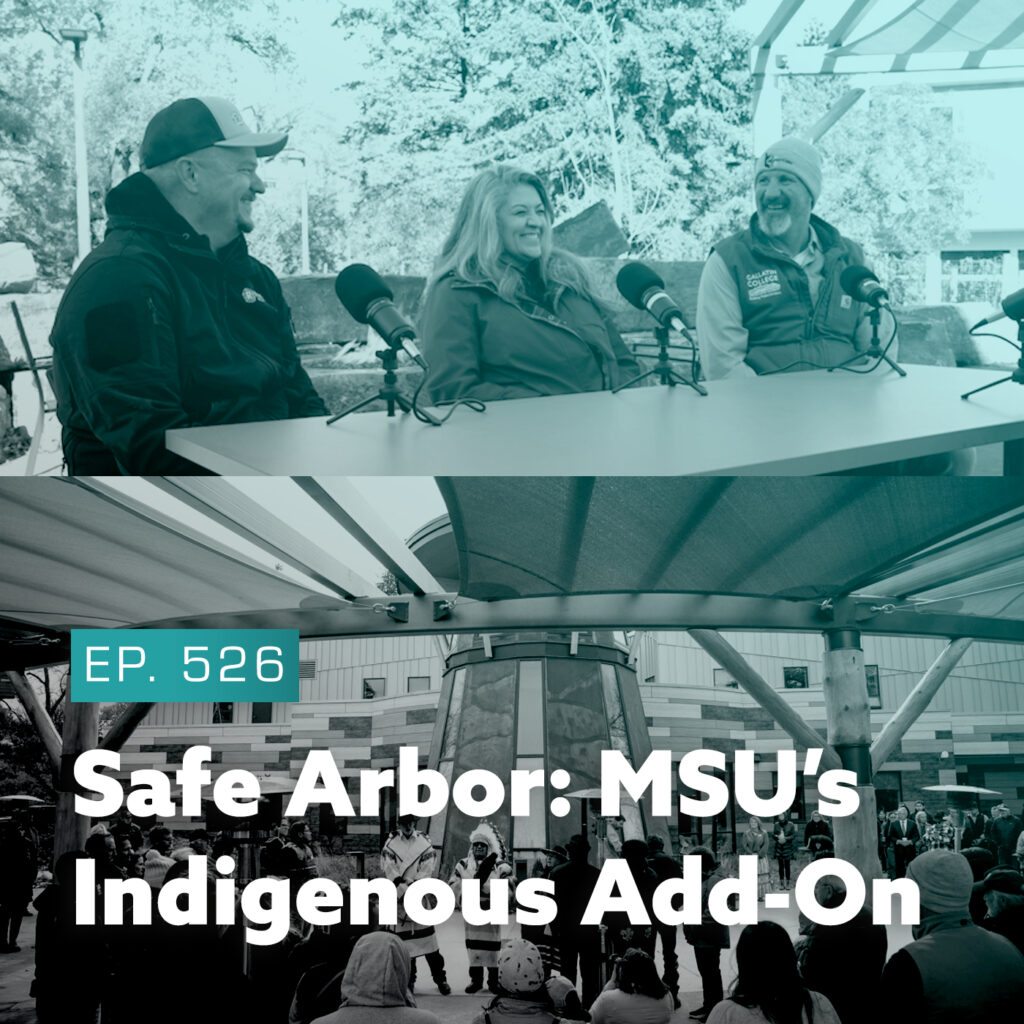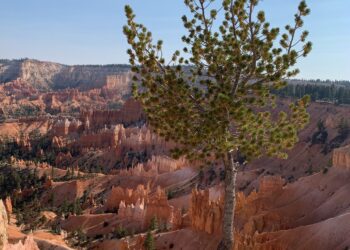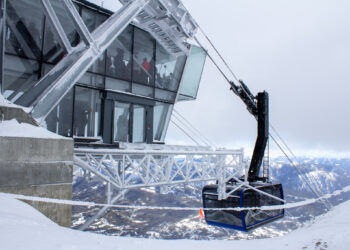Governor hears challenges
By Jessianne Castle EBS ENVIRONMENTAL & OUTDOORS EDITOR
MISSOULA – Gerald “Buzz” Cobell looked out around the room. Holding the microphone close to his mouth, he spoke plainly.
“Bears are a part of our culture,” he said. “Bears are a part of our religion.”
Cobell, director of the Blackfeet Nation Fish and Wildlife, was speaking before a crowded conference room Dec. 4 and 5 at the University of Montana, but his words were directed toward the 18-member council seated at the front of the room.
“The bear is our brother and that’s what we know,” Cobell said, describing an oral tradition in which a bear aided an injured warrior and brought him home. “That’s what my chief told me.”
The citizen panel, dubbed the Governor’s Grizzly Bear Advisory Council, convened for the third time as part of a yearlong process to develop recommendations for the state to discern how people and grizzly bears can coexist as the bruin population continues to expand around Yellowstone and Glacier national parks.
These recommendations will go to Gov. Steve Bullock and Montana Fish, Wildlife and Parks and could be used to create legislation and guide the development of a statewide grizzly bear management plan. It would set the stage for improved coexistence and further grizzly bear recovery in the small population in the Cabinet-Yaaks and reintroduce them to the vacant Bitterroot ecosystem.
A panel of four tribal wildlife specialists presented their grizzly bear management programs to the council as a part of a larger look at how grizzly bears are currently managed in Montana after the council spent previous meetings learning about current grizzly bear legal status, research, distribution and connectivity. The tribal presenters were followed by six of the state’s bear managers, as well as staff from Glacier National Park.
Cassie Powell, a bear conflict specialist for the Blackfeet, handles situations when bears and humans collide, such as when a bear kills one of the 66,432 cows that live year round on the 1.5-million-acre reservation, or when one of the 10,405 residents leaves out trash that attracts a bear. During the busiest times of the year she works nonstop, on call day and night to handle bear-related issues.
“Those things aren’t glorious. We have to go chasing cans and fixing fence … It isn’t just trapping bears,” she said. “You don’t have a life from the time they wake up to the time they go to sleep. There’s no weekends off [and] you don’t get to go to the Bahamas. You’re stuck running down the road because there’s a bear on the side of the road that you have to haze off because it’s going to get habituated.”
Hilary Cooley, grizzly bear recovery coordinator for the U.S. Fish and Wildlife Service; Montana Fish, Wildlife and Parks wildlife bureau chief Ken McDonald; and Kraig Glazier, Wildlife Services district supervisor, shared step-by-step how decisions are made when a bear gets in trouble.
It’s an interagency approach. A homeowner typically calls the regional bear manager—in the Big Sky area it’s Kevin Frey—and describes the problem. If it’s livestock depredation, the manager works with Wildlife Services to get on site and complete a joint investigation to confirm how the animal died. If it’s a human safety risk, such as a bear too close to a home or getting into trash, the bear manager travels to the site to assess the situation.
In some cases, depending on the severity of the problem, they might haze the bear away, while other times they’ll try to trap the bear and relocate it. If the bear has repeatedly caused problems, the bear manager may consider lethal removal. These decisions are made jointly between the bear manager, his or her supervisors and Cooley via conference calls and they are based on guidelines established in 1986.
Following presentations about dealing with conflict, the council also heard about measures to prevent conflict, such as cost-share electric fence programs or guardian dogs, as well as how agencies and nonprofits are working to educate the public on living and recreating with bears.
Additionally, Gov. Steve Bullock attended a morning session on Dec. 5, asking the council to share some of the challenges related to living with grizzly bears.
“I’m putting great stock … in what the council’s work is going to do,” Bullock said. “We are facing a herculean task … You are the leaders in this state in shaping this understanding.”
Council members shared with the governor concerns over promoting a landscape that is conducive to grizzly bears and improving social tolerance, how recreation plays into the picture, and the need for consistent resources and funding that supports research, conflict prevention and response.
“There’s such a disconnect between rural and urban Montanans and the way that we see things,” said council member Trina Jo Bradley, a rancher in Valier. “We need to find that common ground and we need to understand each other.”
By the end of the two-day meeting, and after the third meeting geared toward fact gathering, council members were anxious to begin finding solutions. They closed the meeting with the charge of brainstorming potential ideas and planned to discuss early approaches at the next meeting in January as the first step toward formulating consensus-driven recommendations.
The council’s next meeting is scheduled Jan. 14-15 at the KwaTaqNuk Resort in Polson. Meetings are open to the public and the council accepts public comment at a scheduled time on the agenda. They also take public input online.
Visit fwp.mt.gov/fishAndWildlife/management/grizzlyBear/gbac.html for more information about the Governor’s Grizzly Bear Advisor Council and to submit public comment.











